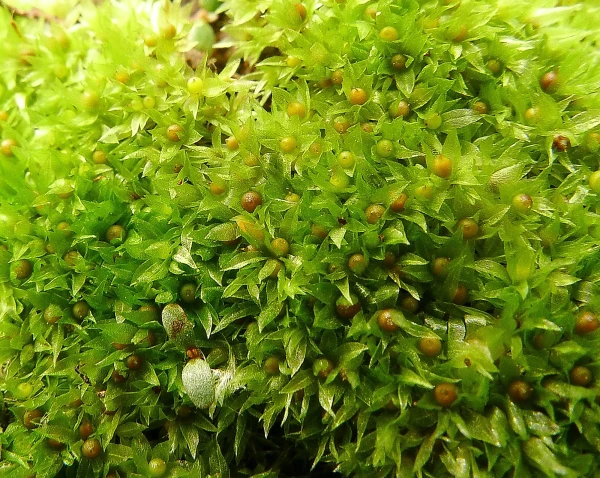
As part of an experiment conducted by Japanese scientists, the sporophytes of the moss species Physcomitrella patens were placed on the outside of the ISS in March 2022 and spent 283 days there — until January 2023.
The samples were subjected to vacuum, microgravity, extreme temperatures, and intense ultraviolet radiation. Scientists expected nearly complete death of the spores, but were surprised when almost all the spores germinated after returning to Earth.
Even before sending the moss sporophytes into space, researchers subjected its vegetative parts to harsh tests to select the most resilient ones for the experiment. It turned out that the young parts, or "shoots," died under ultraviolet radiation, while the sporophytes — the organs that produce and contain the spores of the moss — remained alive. It was these moss organs along with their contents — the spores — that were sent aboard the ISS on a Northrop Grumman Cygnus truck. Later, they were brought back to Earth by a SpaceX Dragon truck.
The results were unexpected: over 80% of the sporophytes retained viability, although their chlorophyll a content decreased by about 20%. On Earth, the surviving spores successfully germinated and produced normal plants.
Modeling based on the collected data showed that the spores could have retained viability after being in open space for 5,600 days — more than 15 years!
The study highlights the exceptional resilience of Earth life to space conditions — at the level of basic cellular structures. Scientists note that the moss proved to be significantly more resilient than bacteria and tardigrades, which had also undergone tests in open space.
The data obtained opens up prospects for using mosses to create self-sustaining biological systems on the Moon and Mars, which could be the first step towards building extraterrestrial ecosystems.

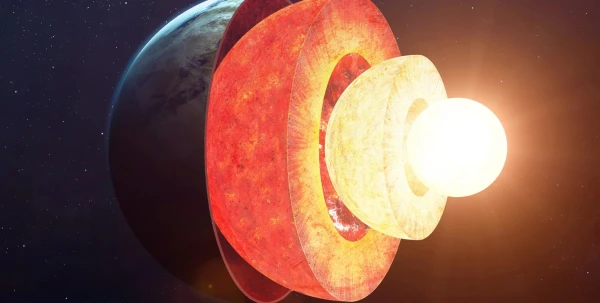



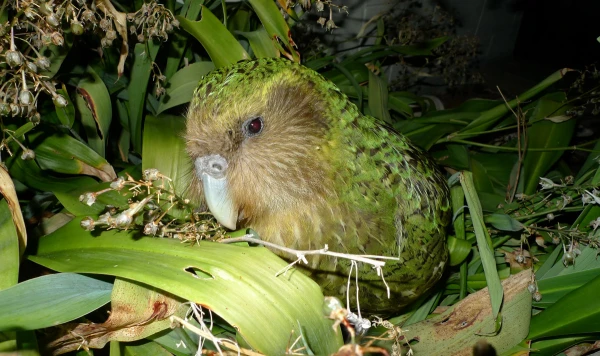
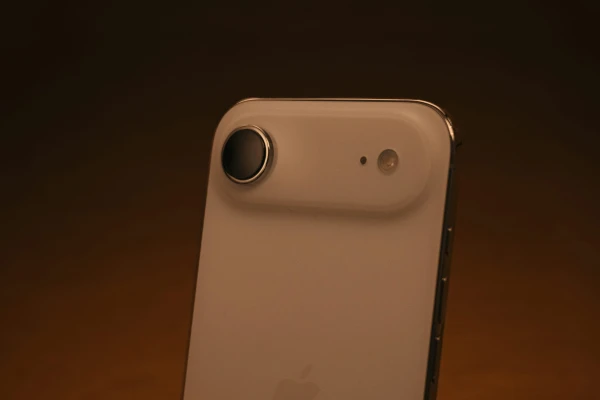

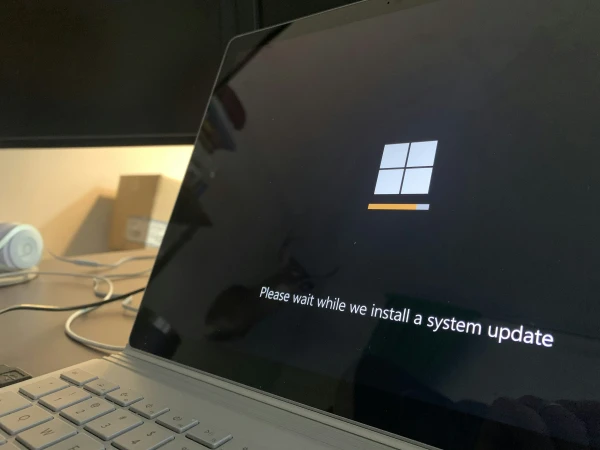





Leave a comment